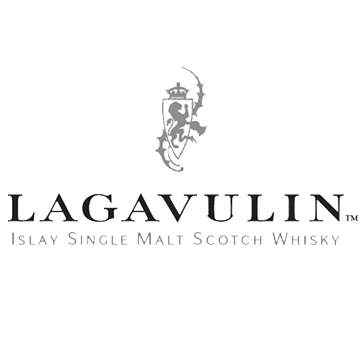
The world has fallen in love with smoke and Lagavulin’s complex mix of seashore and moor, pipe smoke, Lapsang Souchong, bog myrtle, and rich dark fruits is a destination for many.
When Lagavulin 16 Year Old joined the Classic Malts portfolio in 1989, the belief within owner UD [now Diageo] was that it would be the single malt which only the most dedicated – even crazy – drinker would attempt to conquer. Smoke, it was felt in those early days of single malt, was a step too far for most people. Glenkinchie and Dalwhinnie, softer and easier going, would be the big sellers.
What actually happened was that Lagavulin became the runaway success, to the extent that it had to be put on allocation. That its growth coincided with a period where mature stock was limited (the bad old days of the 80s and early 90s) didn’t help. Today, it runs 24 hours a day, seven days a week, just to try and keep up with ever-growing global demand. The world has fallen in love with smoke and Lagavulin’s complex mix of seashore and moor, pipe smoke, Lapsang Souchong, bog myrtle, and rich dark fruits is a destination for many.
Though fermentation times have been cut, introducing a cereal note to the new make, the second distillation remains extremely long, maximising reflux. Ageing is predominantly in refill casks, but in recent years some ex-Sherry casks have appeared as part of a controlled programme of small batch releases, while a small amount of a higher strength 12-year-old is released annually for the real peat heads.
Lagavulin